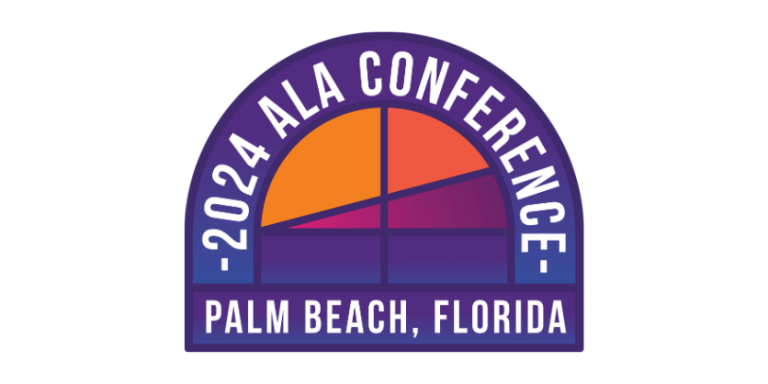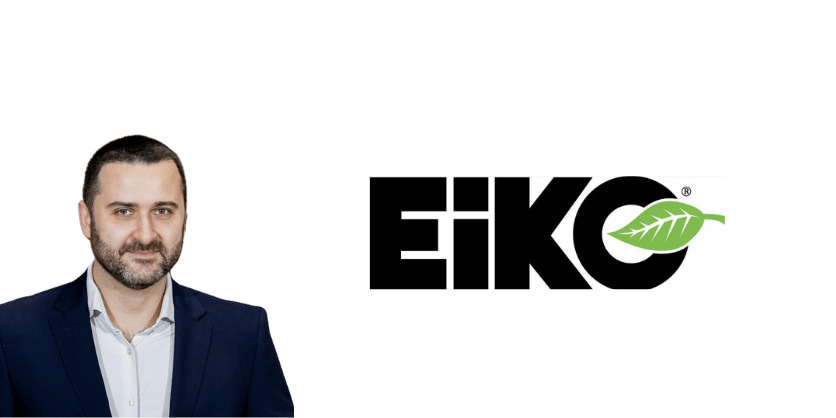Changing the Course of Lighting Design
May 7, 2024

By James R. Benya, PE, FIES, FIALD
James R. Benya reflects on his four-decade journey in lighting design, from its humble beginnings to the establishment of IALD in 1969, he contemplates the evolving landscape of the profession amidst technological advancements and the potential integration of product sales into lighting design firms.
Lighting design as a profession is not very old. I don’t pretend to be a historian, but based on my personal experience and contacts, the profession of lighting design as we know it today is about the same age as computer drafting. It remains very specialized, with only a few lighting design degree programs (1) in the US and only a few others around the planet. Most lighting designers grew up in the industry, and now there are lighting design firms in most major markets worldwide.
Where did lighting designers come from? Many lighting designers, especially older ones, have degrees in other fields such as architecture, architectural engineering, interior design, electrical engineering or theater, and got the itch, like I did, to dedicate a career to lighting design. Most younger designers have the advantage of having more appropriate educations and have grown up in the industry, working directly with the founders of their practices.

I’d like to start at the beginning. By the middle of the 20th century, lighting had become a significant part of any building project because the IES published recommended illumination levels based on visual tasks. In turn, bright lighting was believed to be related to productivity and success. Lighting plans were prepared by architects and engineers to achieve IES recommended lighting levels, which were much higher than those today.
Other than hanging chandeliers in appropriate locations in a church or over a dining table, recessed lighting was the name of the game, from living rooms to classrooms. I remember when in the 1970s I had to explain the meaning of the word “sconce” as modernism had all but killed off ornamental or sculptural lighting. Like many things “modernist”, the lighting system of 50 years ago was orthogonal, regular, bright, very evenly distributed, and although largely uninteresting, it worked.
But not everyone was enamored with bright evenness. At the time, lighting “design” was little more than laying-out lighting symbols on a plan in order to achieve IES recommended lighting levels. But there was a group who believed building owners and occupants would benefit from and appreciate better lighting than the ordinary lighting of the day – thirteen friendly yet competing lighting designers, mostly from New York and having a theater, architecture and/or interior design background. They were smart, skilled and strong, and above all, principled. They believed that lighting design was an opportunity to enhance buildings and environments, and that the business model of the industry either prevented it from happening or made it expensive.
They took a stand, and the International Association of Lighting Designers (IALD) was born in 1969.
IALD’s founders made a monumental choice to keep their own work as pure from the temptation of money as possible by disallowing the selling of lighting products. A professional fee and expense reimbursement only, please. I’m sure that they knew they were taking on a battle with the norms of design, bidding, contracting, construction and above all, the mechanics of how lighting construction went from working drawings to a completed building. Considering all the stuff that happens during construction such as substitutions and “value engineering”, lighting designers were going to have to be tough and principled. But they were determined to straighten out the system by setting a squeaky-clean example. It was, after all, the 1960s.
I can honestly say that, after 35 years as a professional member of IALD and 20 years as a Fellow, I honored the rules, and I think the restriction made an impression and raised the profile of IALD. For instance, IALD’s representation of lighting designers to the State of Texas overturned a ruling in the mid-2000s that lighting designers had to be licensed architects or engineers. The Code of Ethics was the centerpiece of a very successful action that identified lighting design as a profession and protected IALD members in Texas, setting a precedent for future legal matters.

But that was 20 years ago, and as we all know, the lighting industry is changing at a fantastic pace. Lighting products have gotten smaller, lighter, more energy-efficient and more sustainable, perhaps more than any other aspect of the construction industry. Made of recyclable and renewable materials and weighing very little, today’s lighting products ensure that the heavy-duty days of steel boxes and cast aluminum will soon be over. Not only are the products dramatically changed from only a few years ago, their energy needs are increasingly small, their weight a fraction of comparable lighting of the last generation, and their efficiency amazing.
By virtue of the voting margin, the IALD membership apparently feels that lighting is not what it used to be, and the totality of the impacts of progress means that it is now probably practical for a lighting design business to sell and manage lighting products. Online computer skills will help ensure that the historic duties of distributors can be equally well-managed by the lighting designer – and the lighting designer can personally ensure that the products were exactly what was specified, sold at a fair price and delivered on time.
In preparing this article, I discussed the issue with IALD Fellow Larry French, a long-time friendly competitor and colleague from my San Francisco days. Larry was concerned, as am I, that the business of acquiring, stocking, re-selling and delivering products and getting paid for it is a hard-core business and art form practiced for decades by lighting distributors and sales agencies.
It will change the nature of the lighting design business, from looking out for the clients’ interest to being concerned with managing stock, shipping, deliveries, freight damage, rejects, returns, defects, delays, back charges, profitability and all other things that don’t need to be concerns of a lighting designer. It will add an entirely new business management layer to a design business. And most of all, it will require business and financial resources that could easily be wiped out by a mistake, an accident or a bad check.
I’ve spent the last 40 years of my career owning and managing a lighting design and consulting practice, and I know that I am not qualified nor have the time to take on this type of business and the risks of product sales. I think the IALD founders also foresaw these risks and how much it would take away from the true reason for independent lighting design. But those were different times, and the structure of lighting distribution, sales agencies and their roles in the process have changed. I also think the founders were concerned about companies like Lightolier in the 1970s, whose sales personnel were also lighting designers, providing free lighting design consulting that ensured the sale.
I am certain that founders felt that a true lighting designer had to be free to be creative, no matter who made the products, and for me, I still do. But they never envisioned the internet, and if I were looking at it through younger eyes and had the skills and resources today, I would be tempted to find a good business partner. Because in coming years, it will be increasingly hard to maintain the absolute purity of lighting design envisioned by the “old” IALD. IALD members have spoken.
More information available here








